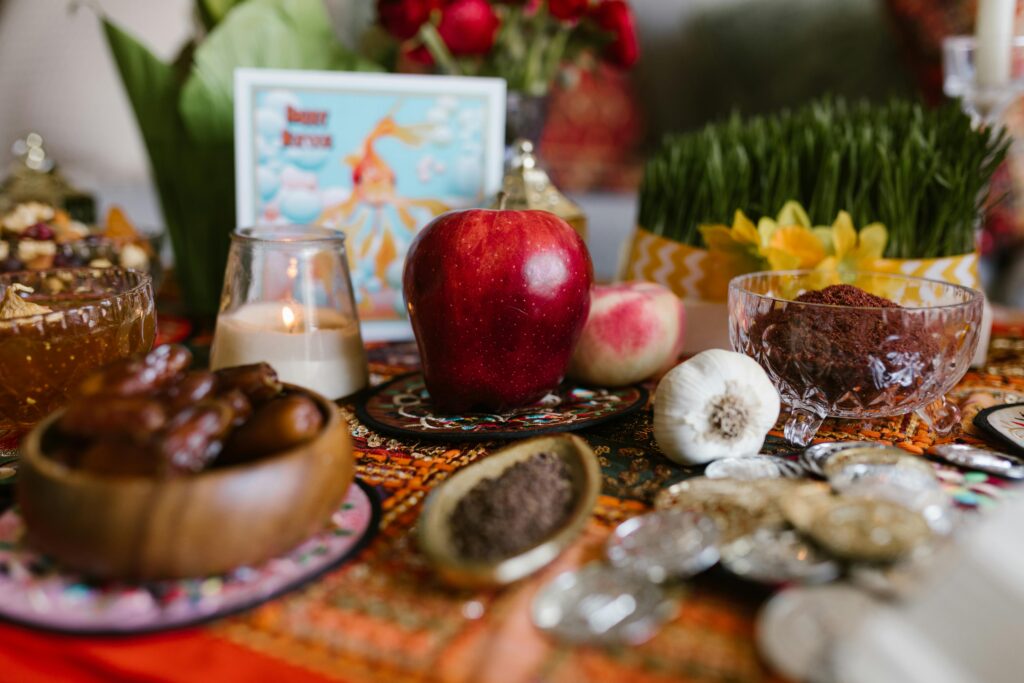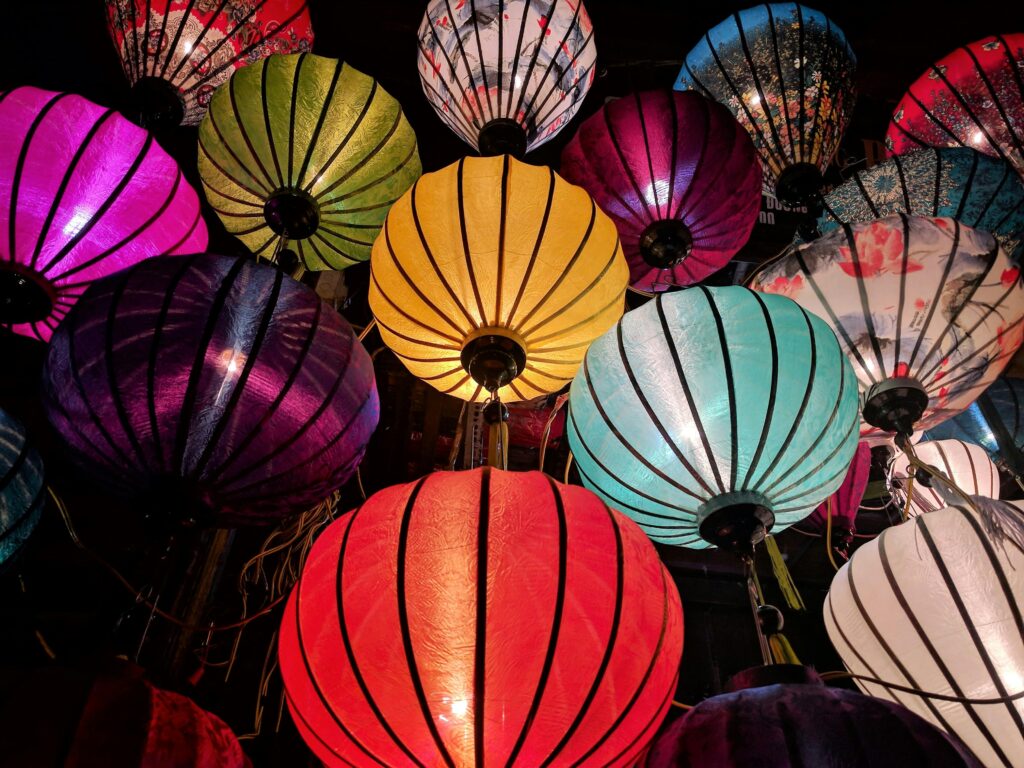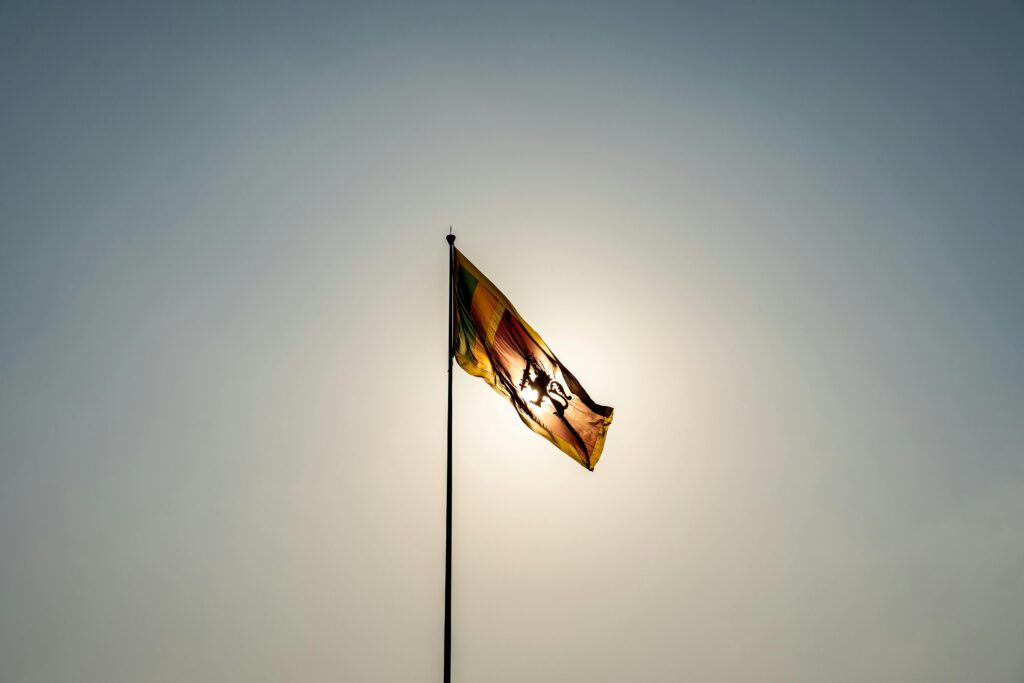It begins with a deep spring clean, fragrant hyacinths blooming in the air, and a table carefully set with ancient symbols. As the sun crosses the equator, families gather, a moment of perfect balance — day and night, winter and spring. This is Nowruz — the Persian New Year.
Celebrated for over 3,000 years, Nowruz (pronounced no-rooz, meaning “new day”) is far more than a new year — it’s a vibrant festival of renewal, deeply embedded in Persian culture and observed across Iran, Afghanistan, Central Asia, the Kurdish regions, the Caucasus, and beyond.
Whether you’ve been invited to a Nowruz gathering or simply want to understand this beautiful cultural celebration, this guide walks you through its traditions — including what to expect and how to choose the perfect gift.
“This post may contain affiliate links. I may earn a small commission if you buy through these links at no extra cost to you.”
🌸 What Is Nowruz?
Nowruz marks the spring equinox — typically March 20 or 21 — and the first day of Farvardin, the first month in the Persian solar calendar. Rooted in Zoroastrian traditions, Nowruz is recognized by UNESCO as an Intangible Cultural Heritage of Humanity and symbolizes rebirth, balance, and harmony.
It’s celebrated by over 300 million people worldwide, not just in Iran, but also in:
- Afghanistan (as Nowruz)
- Kurdistan (Kurdish New Year)
- Central Asia (e.g., Tajikistan, Uzbekistan, Turkmenistan)
- Parts of the Caucasus (e.g., Azerbaijan)
- Persian and Central Asian diaspora communities globally
🌿 How Nowruz Is Celebrated
The festivities begin well before the equinox and continue for nearly two weeks, with the grand finale — Sizdeh Bedar — falling on the 13th day of the new year.
🧼 1. Khaneh Tekani (Spring Cleaning)
Weeks before Nowruz, families deep clean their homes — a ritual known as khaneh tekani, or “shaking the house.” It symbolizes clearing out negativity and making space for new blessings.
🕯️ 2. Chaharshanbe Suri (Festival of Fire)
On the last Tuesday night of the old year, people jump over small bonfires, chanting “Zardi-ye man az to, sorkhi-ye to az man” — “Take my paleness, give me your redness” — seeking health and vitality.
🪞 3. The Haft-Seen Table
At the heart of every Nowruz home is the Haft-Seen table, arranged with 7 symbolic items starting with “S” in Persian. These include:
| Item | Symbolism |
|---|---|
| Sabzeh | Sprouted greens (rebirth) |
| Samanu | Sweet wheat pudding (wealth) |
| Senjed | Dried oleaster (love) |
| Seer | Garlic (health) |
| Seeb | Apple (beauty) |
| Somāq | Sumac (sunrise, patience) |
| Serkeh | Vinegar (wisdom, aging) |
Also present: a mirror, painted eggs, goldfish, hyacinths, candles, and a book of poetry (Hafez) or a holy text (Qur’an or Avesta).
👨👩👧👦 4. New Year Countdown
Families gather around the Haft-Seen, waiting for the exact moment of the equinox (Saal Tahvil), often announced on TV or radio. It’s a time for hugs, sweet treats, and exchanging good wishes like:
Nowruz Mobarak! – Happy New Year
Eid-e Shoma Mobarak – Wishing you a blessed celebration
🎁 5. Visiting Elders & Relatives
During the first days, it’s customary to visit elders and relatives, bringing gifts, and receiving Eidi — money or small presents for children and young adults.
🌳 6. Sizdeh Bedar (Nature Day)
On the 13th day, families head outdoors for picnics, games, and music. Sabzeh is cast into running water to let go of the past year’s sorrows and negativity.
🏠 What to Expect When Invited to a Nowruz Celebration
Being invited to a Nowruz gathering is an honor, and while it’s festive and warm, there are a few etiquette tips to keep in mind:
🕑 Be Punctual and Respectful
Most visits are organized during the first few days. If you’re invited for the equinox moment, arrive early to take part in the countdown.
👗 Dress Modestly, But Colorfully
Nowruz is about joy and renewal. Wear clean, fresh clothes, ideally in bright or pastel tones. Avoid mourning colors like black unless culturally appropriate.
🍽️ Enjoy the Feast
You’ll likely be treated to Persian classics like:
- Sabzi Polo ba Mahi (herbed rice with fish)
- Reshteh Polo (rice with noodles for destiny)
- Kuku Sabzi (herb frittata)
- Shirini (sweets) and Persian tea
Always express gratitude, even if the food is unfamiliar.
🎁 Gift-Giving Etiquette for Nowruz
Gift-giving is a natural and appreciated part of Nowruz, especially when visiting someone’s home or elders. Here’s how to make a good impression:
✅ Ideal Nowruz Gifts:
- 🌸 Flowers – Especially hyacinths (sonbol) or tulips. Learn what different flowers mean around the world and choose blooms that carry the right message for Nowruz.
- 🍬 Pastries – Persian sweets like baklava, nan-e nokhodchi, or sohan
- 📚 Books or Poetry – Persian poetry collections like Hafez or Rumi
- 🕯️ Decorative Items – Candles, tablecloths, or Persian-inspired art
- 💵 Cash Gifts (Eidi) – Traditionally given in crisp bills to children
❌ What to Avoid:
- Alcohol (unless you’re sure it’s appropriate for the host)
- Overly expensive or showy gifts (modesty is valued)
- Gifts in black wrapping or somber tones
Wrap your gift attractively and accompany it with a cheerful greeting like Nowruz Mobarak!
✨ A Celebration of Renewal, Nature & Connection
Nowruz is a powerful reminder that new beginnings are best shared. With its blend of fire and water, poetry and nature, food and reflection, it captures the spirit of rebirth and joy like few other holidays.
Whether you’re celebrating with friends or learning from afar, Nowruz invites us all to pause, cleanse, reconnect — and step into the new year with hope.


